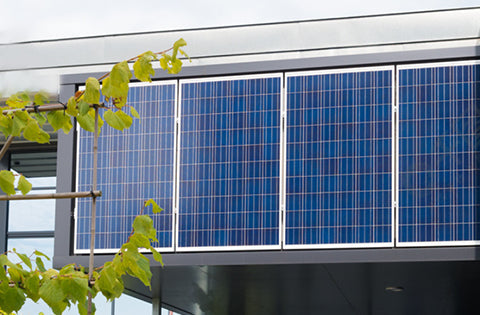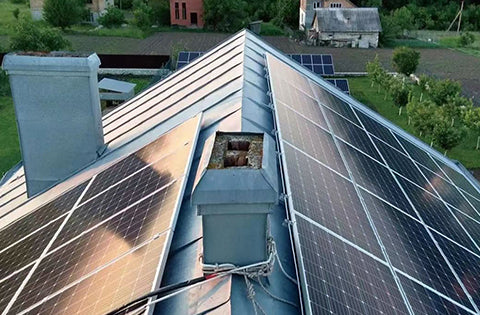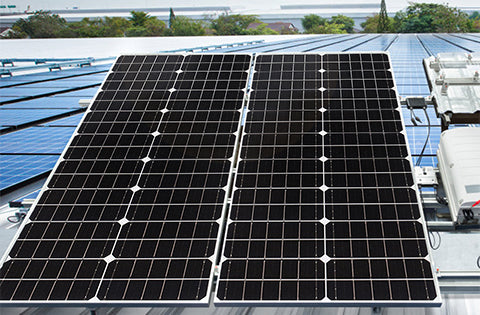Solar panels mainly rely on the light receiving surface of the panel to generate electricity. However, the light receiving surface will affect the overall power generation efficiency due to the covering of food residues, bird droppings, fallen leaves, etc. In this case, it is necessary to clean the surface of the panel. This cleaning is not ordinary cleaning, and there is a certain emphasis. Here are four cost-effective and efficient cleaning methods, you can choose it for different application scenarios:
- Manual dry cleaning of photovoltaic panels
The principle of electrostatic adsorption is mainly used to adsorb the dust and sand on the surface, enhance the dust pushing, dust suction and decontamination ability, and effectively reduce the dust during cleaning. The operator cleans with a long handle Plush mop and a special dust remover, and the cleaning cycle can be arranged according to the actual situation.
The disadvantage is that the strength of different operators is different, and the pressure on the components is also different, which will make the components deform too much, resulting in the hidden crack of the battery. Another disadvantage is that the effect of dry cleaning the components is not good, often because the mop is stained with too much dust, leaving some traces on the surface of the components, resulting in a large area of shadow.
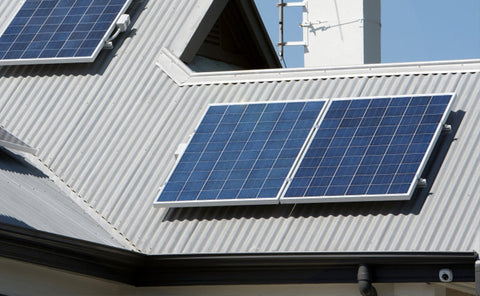
- Manually wash photovoltaic panels
The operation mode of manual water cleaning is to use a vehicle with water storage function, such as a tractor equipped with a water tank or a city sprinkler, together with a pressure nozzle of no more than 0.4MPa to clean the components. The cost of water cleaning is about 0.2 yuan / ㎡, which is similar to the price of manual dry cleaning, but it requires two people to operate at the same time, one driving and one spraying water to clean the components.
The disadvantage is that when the water pressure is unstable and the pressure on the photovoltaic module is too high, it will cause the hidden crack of the cell, and the change of the sprinkler water pressure of the operator cannot be controlled in the process. Another disadvantage is that after washing, the components dry by themselves, and water stains will form on the surface of the components, which is micro shadow shading compared with the components.
- Cleaning photovoltaic panels for construction vehicles
At present, the cleaning method refitted with engineering vehicles as the carrier has greater power and higher efficiency. The cleaning work has good pressure consistency on the photovoltaic panels, and will not produce uneven pressure on the photovoltaic panels, causing the photovoltaic panels to crack. Moreover, the cleaning can adopt two modes: cleaning and water washing, which can be selected according to the actual needs.
- Intelligent photovoltaic panel cleaning robot
By installing a cleaning robot on each row of photovoltaic panels in the power station, it can automatically clean regularly. Unattended, effectively improve the efficiency of cleaning the dust on the surface of photovoltaic panels, and completely remove the dust and dirt on the surface of photovoltaic panels, so as to improve the efficiency of power generation.
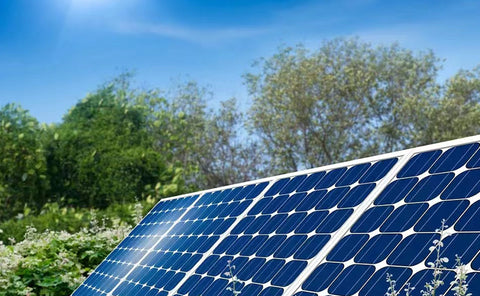
The disadvantage is that the robot is sometimes stuck by the uneven photovoltaic panel frame, and the robot cannot return to its position normally. It is difficult for the operation and maintenance personnel to find the location of the robot on the site.
Compared with the traditional photovoltaic panel cleaning methods, the intelligent cleaning robot has obvious advantages in the above four methods. It not only has its own energy storage, does not need to provide external power supply, but also does not cause cracks in the photovoltaic plate. It can save labor costs, and is very environmentally friendly. When all conditions are met, it can be preferred.
Through the following ways to contact us to learn more information:
Phone: +86-13923729619 Fax: +86-755-28720791
WhatsApp: +86-13923729619 Wechat: 13510027129
Email address: Philip@isolarparts.com
Homepage: www.isolarparts.com
